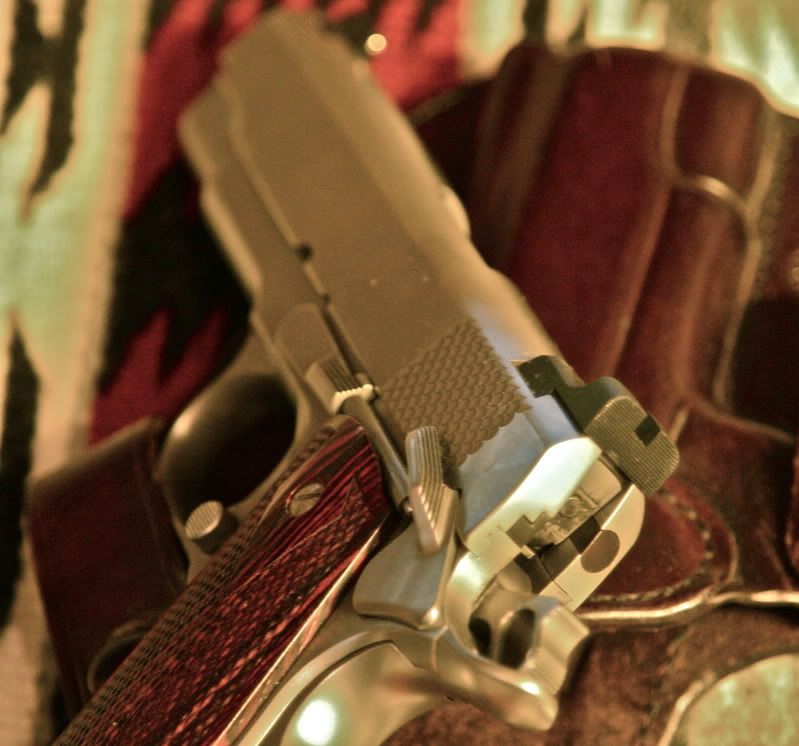Honestly before a few days ago I had never heard the argument for a front night sight only setup (i.e. standard rear sights, tritium front sight) for self-defense purposes. The thought process apparently being that target acquisition is a bit faster focusing on the one glowing sight as opposed to three dots.
I'm tempted to give it a shot with my Glock, figuring hey, if I don't like it I just buy the rear night sights too, and if I do like it, I only spent half the $$$ and I can install the sight myself.
I'm curious to hear if anyone here has tried using only a front night sight, and their thoughts on it. As with all things I expect that some people love it and some people hate it, so I'm open to both sides of the argument.
I'm tempted to give it a shot with my Glock, figuring hey, if I don't like it I just buy the rear night sights too, and if I do like it, I only spent half the $$$ and I can install the sight myself.
I'm curious to hear if anyone here has tried using only a front night sight, and their thoughts on it. As with all things I expect that some people love it and some people hate it, so I'm open to both sides of the argument.


